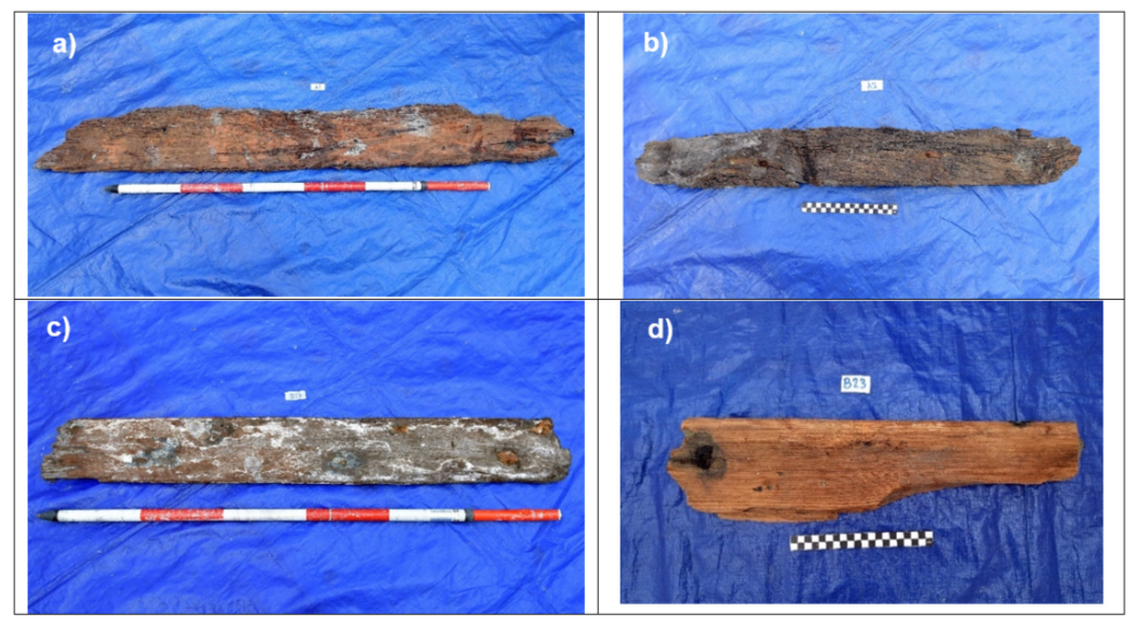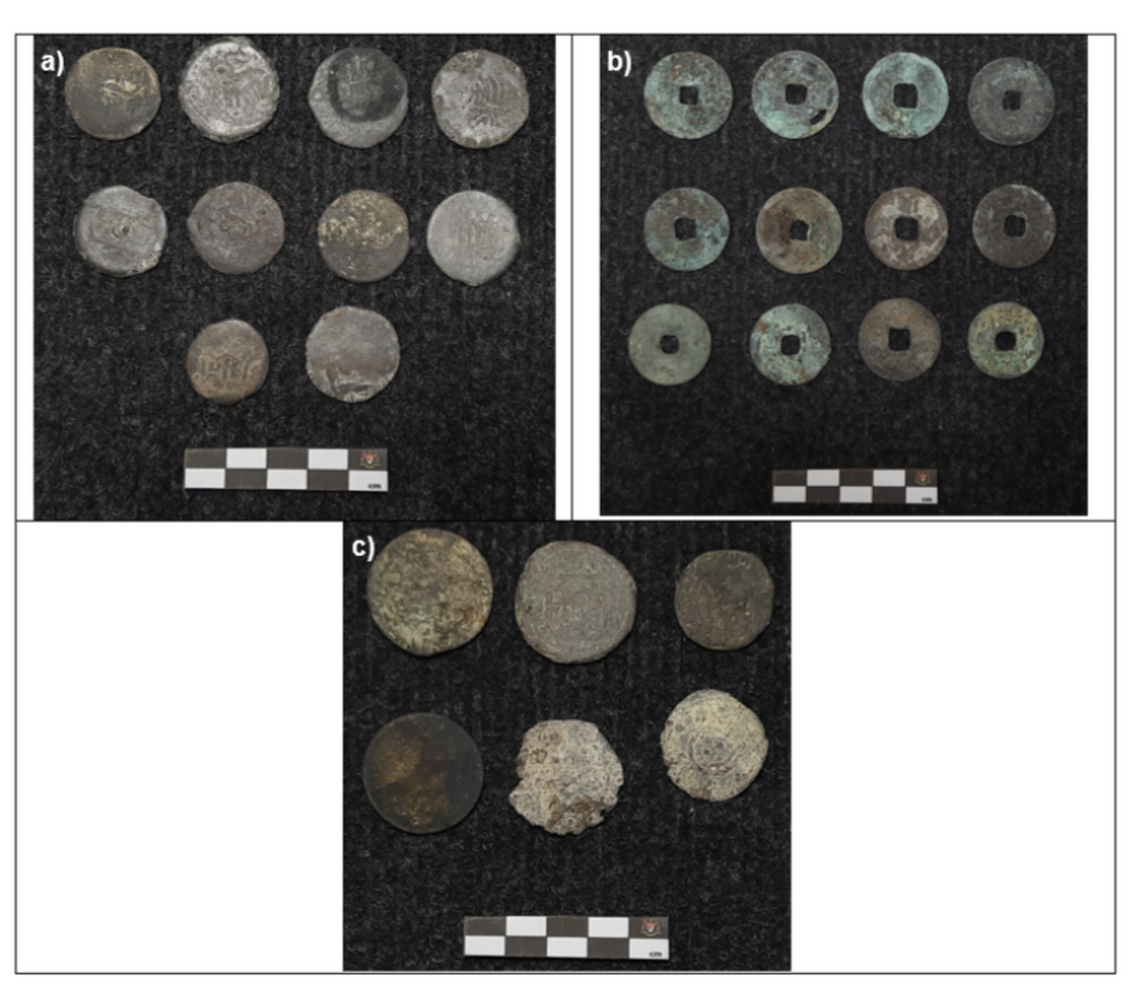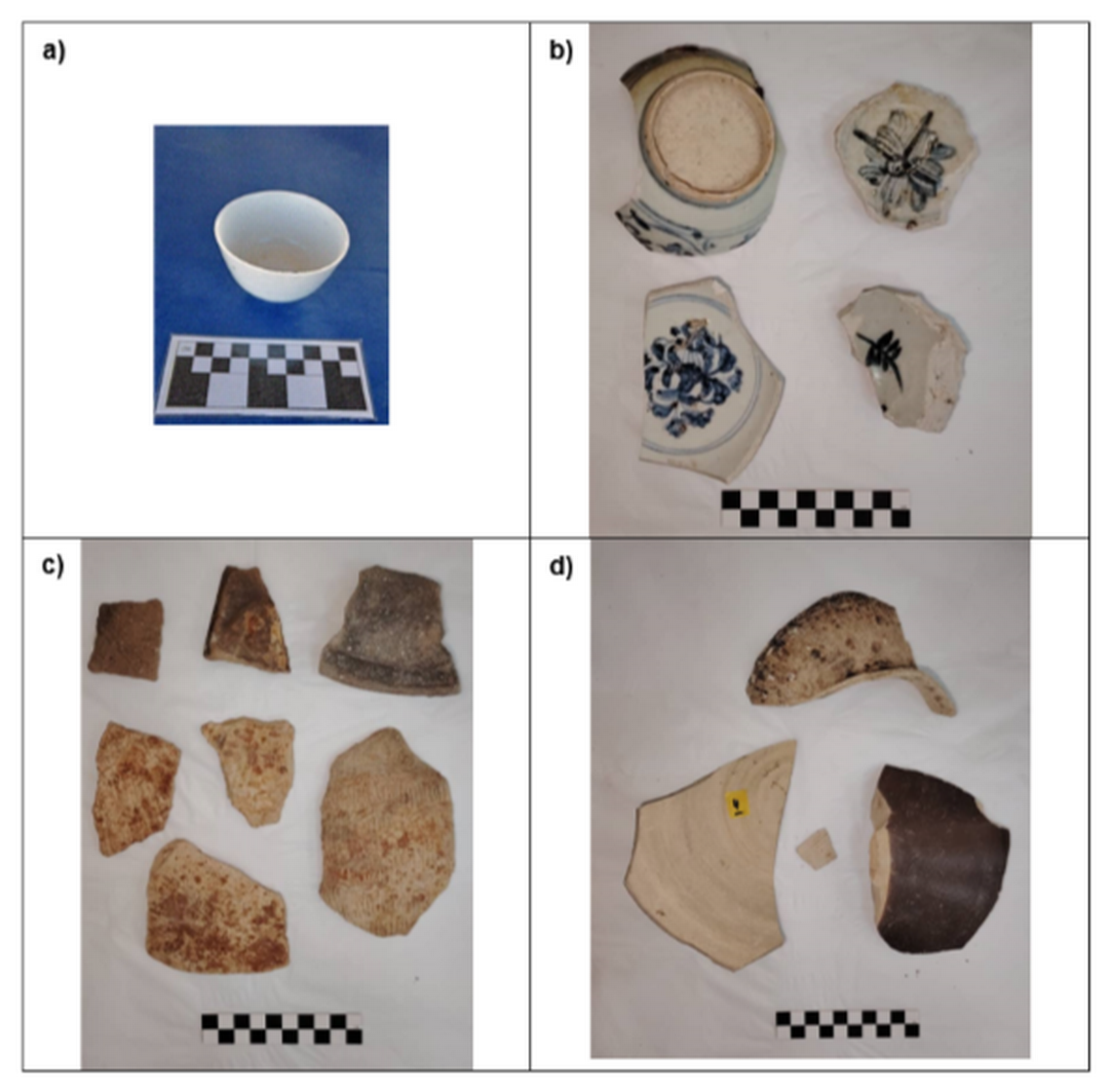Centuries-old shipwreck — with trove of coins — unburied from dry land in Malaysia
In 2020, researchers stumbled upon something unusual on an island off the coast of Malaysia: a collection of rectangular pieces of wood sticking up from the ground.
Intrigued, scientists decided to excavate the site, revealing the remains of a centuries-old shipwreck filled with a trove of coins and ceramics, according to a preprint study posted to Research Square, an open access platform, on April 2.
Though it was found on an island, the landscape at the time of the ship’s sinking was undoubtedly different, researchers, who are affiliated with various Malaysian institutions, said.
Uncover more archaeological finds
What are we learning about the past? Here are three of our most eye-catching archaeology stories from the past week.
→ Roman helmet looked like a 'rusty bucket' when it was found in UK. Now, it's restored
→Elaborate 600-year-old castle — complete with moat — unearthed in France. Take a look
→ Mysterious wooden train car — almost 100 years old — unearthed in Belgium, photos show

This is because the island, known as Pulau Melaka — located just off the coast of mainland Malaysia — is human-made. The sliver of land was reclaimed from the sea to make room for commercial construction projects.
The wreck’s remains constitute “the first discovery ever where the wood fragments were found in a reclaimed land in Malaysia,” researchers said.
The wreck is believed to date to around the 15th or 16th centuries, making it about 500 years old, researchers said.

Upon excavation of the site — guided by ground-penetrating radar — researchers uncovered a total of 306 artifacts.
Among the objects found were a trove of coins, originating from Malaysia, China and Portugal, revealing the interconnected world in which the ship’s occupants would have been part of.
At the time, the region “served as a bustling maritime hub,” connecting the east and west via the Strait of Malacca — a trade route that remains crucial for global trade today.

Also uncovered were a series of ceramic shards, most of which were in poor condition, researchers said.
Further analyses will be carried out to determine the exact origin and age of the artifacts.
In the meantime, the site needs to be monitored by Malaysian authorities to prevent “unwanted incidents,” researchers said.
Dozens of medieval burials — including some children — unearthed near lake in France
Divers remove ancient Roman cargo from shipwreck — and find unique carvings. See them
It’s still 2016 in this country thanks to its unique calendar system. What to know
